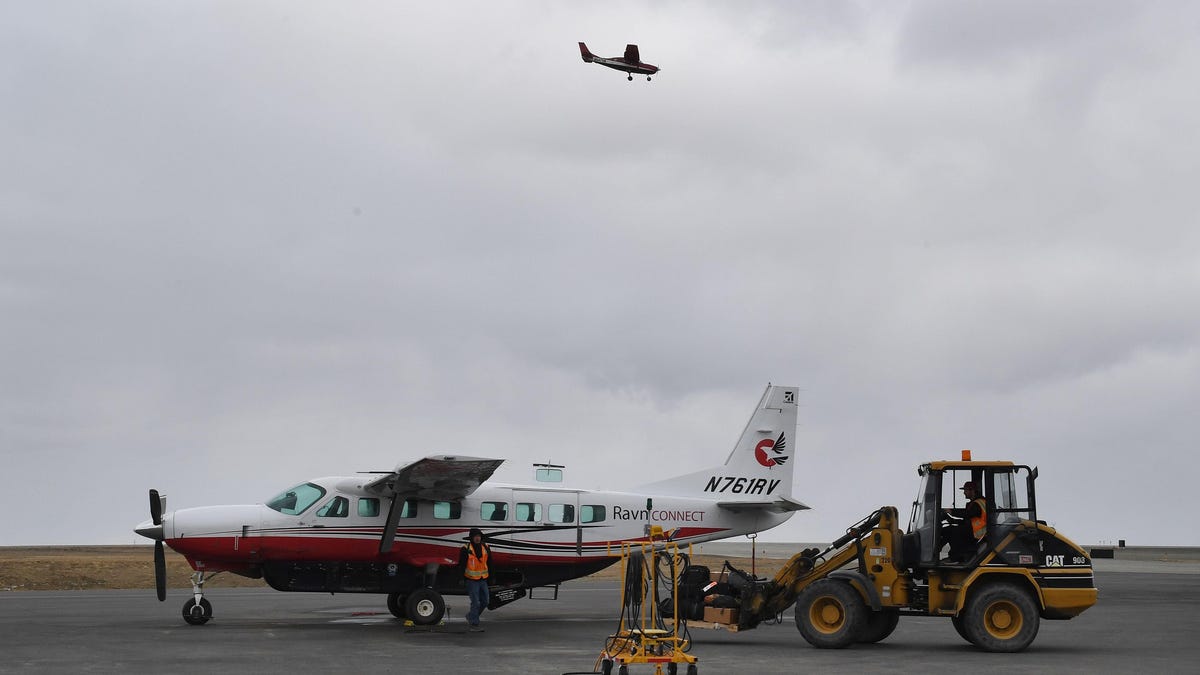DoorDash, Uber Eats and Grub Hub Get Delivered by Plane to Remote Alaskan Villages

A Cessna is unloaded in the remote town of Bethel, on the Yukon DeltaPhoto: Mark Ralston (Getty Images)
The advent of food delivery apps and their surge of popularity during lockdowns has made the sight of food couriers ubiquitous. This surge in popularity has made its way to the cold corners of the Tundra, as the New York Times explains, where the harsh climate and lack of infrastructure make land travel difficult. In these parts of Alaska, burgers, pizza, tacos and noodles come by Cessna rather than bicycles. And this is creating a new way to order in, which the NYT calls “takeout-by-plane.”
Air-delivery usually has connotations that go with it: next-day air, rush express. All the associations we make in 2022 about the impossibly fast ways food and other goods reach users, but this is the Tundra. The delivery of essential goods here can routinely cover distances of 200 miles or more, going from Anchorage to areas like the Upper Kuskokwim region; the journey can take days.
Photo: Joe Raedle (Getty Images)
In these remote regions, the population of some villages is fewer than 100 people. Store-bought groceries are seen mostly as an aside to hunting and harvesting, or what the owner of Alaska Air Transit, Josie Owen, calls “the practice of a subsistence lifestyle.” Still, the takeout orders are a treat that people in the villages look forward to — even if it’s not always hot when it arrives.
The cost of the food delivery adds from $10 to $30 to the food’s price and can take from one to two days, depending on the weather. An airline office assistant tells the NYT that storms can delay deliveries, and since food is perishable it has to be eaten. Don’t worry. That doesn’t mean airline employees get a free meal, courtesy of the villagers, as the article explains:
The number of food deliveries can depend on the weather, since an unexpected storm can cancel flights, leaving planes parked on the tarmac. When that happens, food orders have to go in cold storage or be eaten.
“You have all this DoorDash sitting there, and so oftentimes to help compensate, our Anchorage staff will actually just eat the DoorDash and then reorder it and pay for it, and try to ship it out the next day,” Ms. [Katie] Burrows said.
The article goes into detail about the chow, and how in many cases the food has to be microwaved after it reaches its destination. But I don’t know, I prefer my pizza cold anyway. It also talks about the palates the Tundra has refined among the villagers, a taste for cakes and pies and pho. It’s worth a read!




